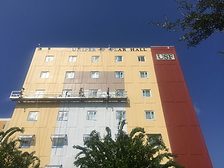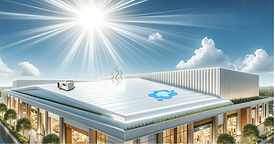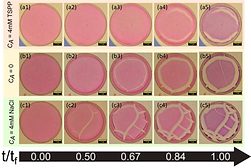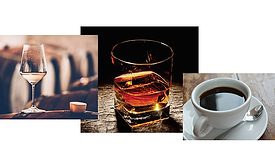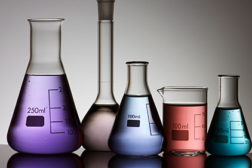Home » Keywords: » Surface Modifiers for Coatings
Items Tagged with 'Surface Modifiers for Coatings'
ARTICLES
Keep the info flowing with our eNewsletters!
Get the latest industry updates tailored your way.
JOIN TODAY!Copyright ©2025. All Rights Reserved BNP Media.
Design, CMS, Hosting & Web Development :: ePublishing

-Megan-Pope.jpg?height=168&t=1744053739&width=275)
